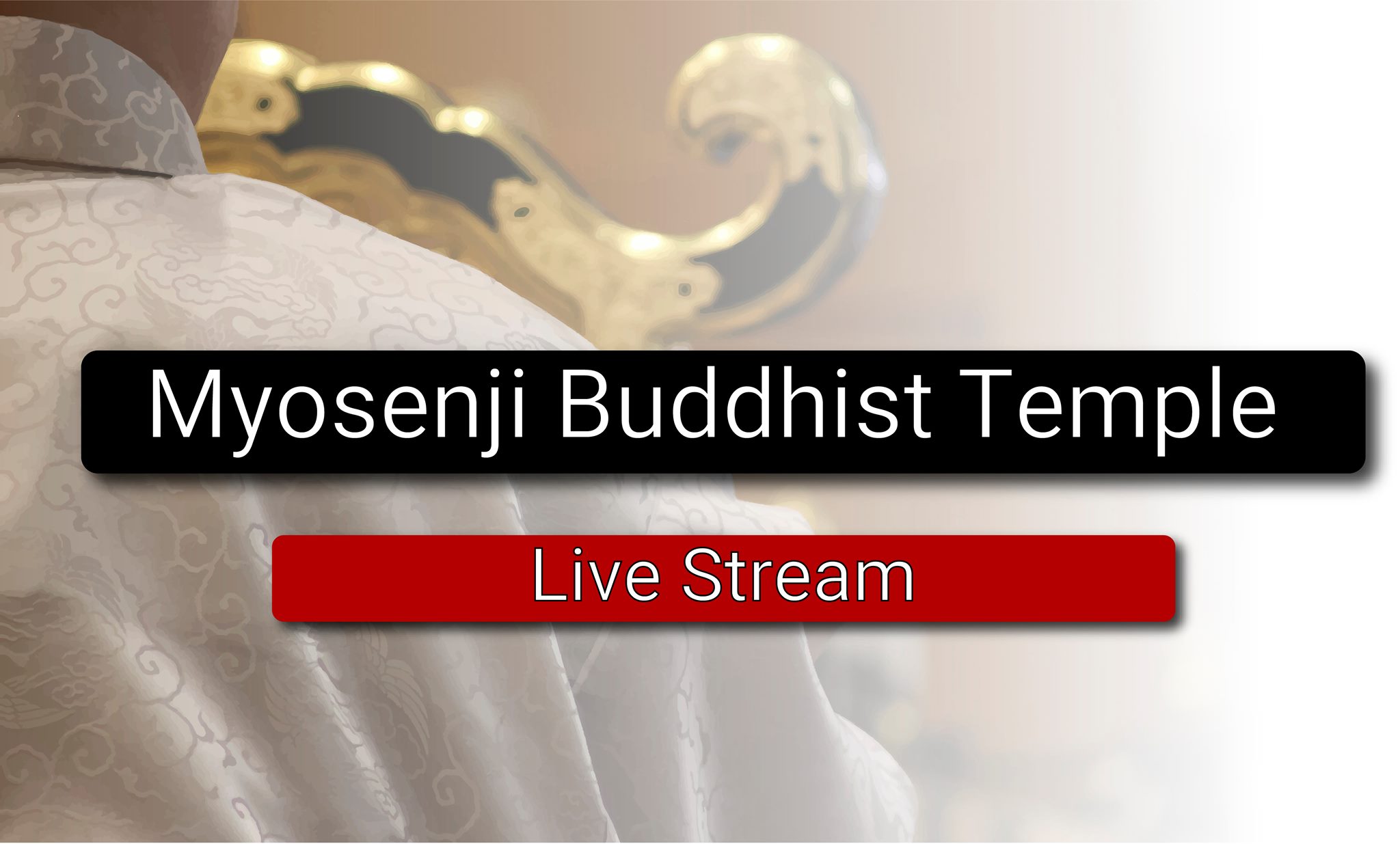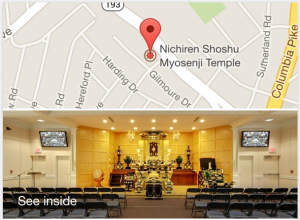“Gojukai” literallys means the ceremony “to receive the precept.” Generally, it is the ceremony for conversion to Buddhism. In Nichiren Shoshu, those determined to start their faith and practice of True Buddhism receive this ceremony from a Nichiren Shoshu priest.
During the ceremony, the new believer takes the Oath of Acceptance of Nichiren Shoshu. After reciting the sutra (Gongyo) and chanting Daimoku (chanting Nam Myoho Renge Kyo), the new believer receives the precept from the priest who is holding a Gohonzon (Object of Worship) in his hand. The new believer vows to uphold true Buddhism in this and all future existences.
There are said to be 80,000 volumes of teachings in Buddhism, but they are all condensed into the following three categories: kai (precepts) jo (meditation) e (wisdom). “Kai” means to stem injustice and to stop evil, and has a more immediate application in daily life. “Jo” means to concentrate one’s mind to master the profound truth inherent in all life and the universe. “E” indicates the wisdom to discriminate between right and wrong, good and evil.
The attainment of Buddhahood or enlightenment begins with one’s daily behavior. By enhancing one’s life-condition, one can accumulate good fortune and benefit. Therefore “kai,” or precepts, are an important element for pursuing the correct path of Buddhahood along with “jo” and “e.” “Gojukai” literally means the ceremony “to receive the precept.” Generally, it is the ceremony for conversion to Buddhism.
In Nichiren Shoshu, those determined to start their faith and practice of true Buddhism receive this ceremony from a Nichiren Shoshu priest. Buddhist practice allows you to change your Karma, change your life for the better, and in turn, help others and the environment we live in.
If you are interested in learning about Buddhism or becoming a Buddhist, check our calendar for our Introduction to Buddhism meetings.

